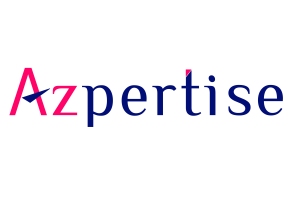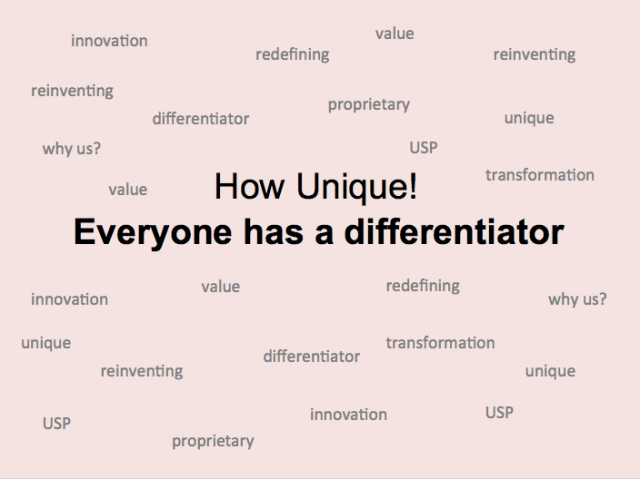It was a long flight and we were tired when we arrived at our Airbnb penthouse in London. The hosts’ introduction had kindled excitement. They were adventurers, tea drinkers and big conversationalists. That had been enough to hit the ‘Book’ button.
We arrived at their place on a rain-drenched afternoon. The moment they showed us our room, all our tiredness vanished. The breathtaking views from our 9th-floor French windows did what they were meant to do – take our breath away.

Every picture that we had seen on the booking page was a faithful reflection of the original. Beautiful spaces, excellent amenities, and stunning riverscapes.

We had access to the entire floor and that included the kitchen and the main living area with its large balconies and panoramic views of the river, docks, and lights. Our room was bathed in natural light and was large enough to hold five pieces of luggage. Every day we woke up to beautiful scenes of a brilliant, sunny morning or rains slanting across the city. The twinkling lights of the Emirates cable cars beckoned us to take a ride across the Thames.

So, what we were paying for was not just a large, spotless accommodation with very good amenities, but also a million-dollar view.
Access to Central London was a breeze with the DLR (Docklands Light Railway) station being a two-minute walk from our place.
There was a Tesco Express and other supermarkets right across the street along with a couple of restaurants and cafes. A walk to the back-side of the apartment complex revealed a fresh expanse of scenic views. Tourists could enjoy leisurely meals at the restaurants here that overlooked a shimmering tract of water.

The hosts were super-friendly. They opened their home and their hearts to us. Conversations were vibrant. There were spirited discussions on a variety of topics including places, cultures, religion, politics, love, and marriage. Large cups of tea and fruity drags on a sheesha deep into the midnight added to the lingering mood.
This experience was best captured by Airbnb in one of their most exciting campaign lines – ‘Live There’.
It’s the insider-view of a local vs the spectator-view of a tourist that is at the heart of the experience.
Of course, there is a downside to collaborative consumption that will have to be contended with.
Your host is not the hotel manager. There is an invisible line of not imposing that has to be delicately navigated. How does one ask for things that are missing or how freely can you access common spaces? Can you join your hosts to watch television? Or would you hesitate to make a cup of tea, when the host is also using the kitchen? At homestays, the idea of ‘guest is king’ gets busted. Here, host feelings, expectations and house rules are equally important.
No such worries at the hotel. The guest expects, asks and demands. The hotel bends and serves. The guest has an opinion about the hotel. The hotel does not. The old order rules and is comforting.
With world travel and tourism continuing to grow unabated (about 3.8% per year for the next ten years, according to reports), it will be interesting to see how the homestay business evolves and its impact on hotels.
How will hotels respond to an idea that is not only undeniably alluring but one that has so emphatically shifted the paradigm from ‘great service’ to ‘great experience’?
Note: All pictures featured in this article belong to the author of this article taken at a homestay.


 YOU have set up a new business or a new practice within your existing business.
YOU have set up a new business or a new practice within your existing business.